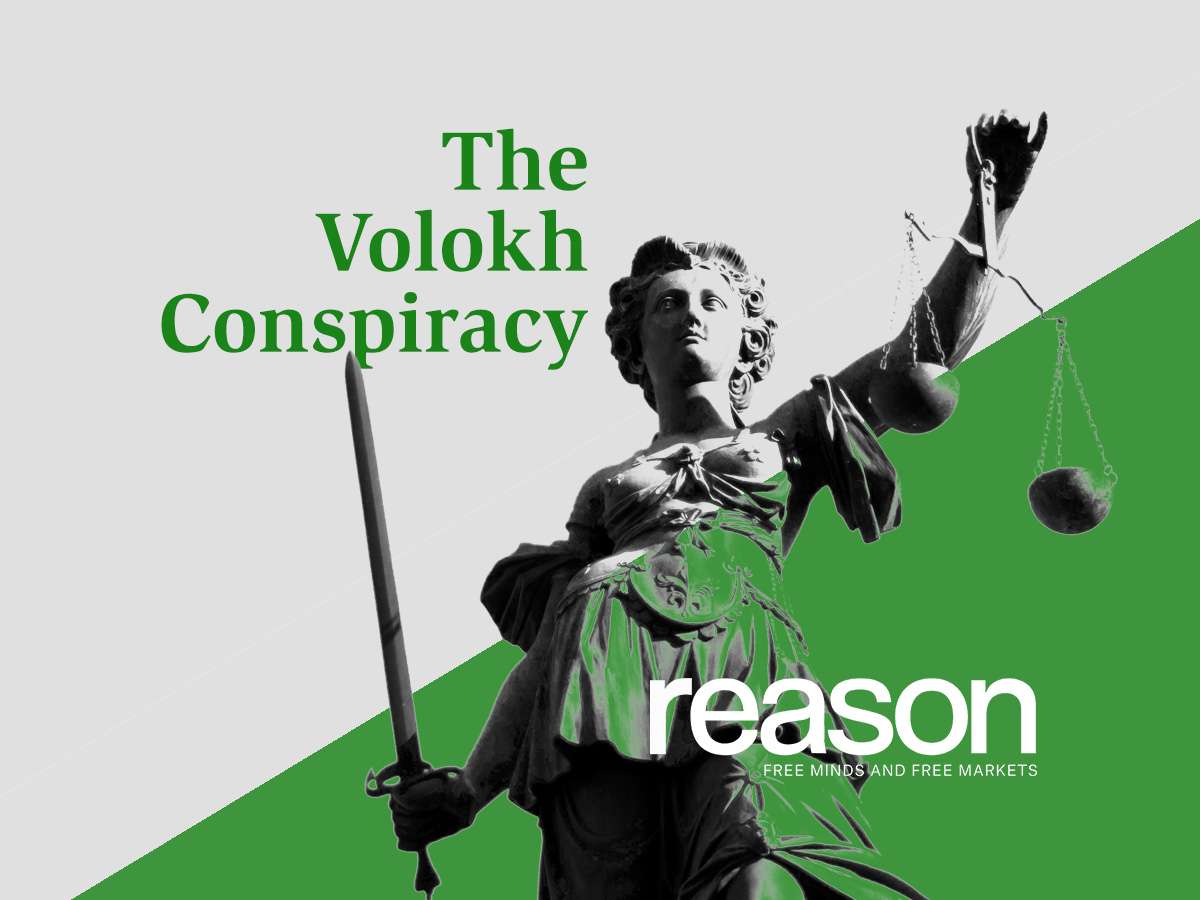Reflecting on the shameful decision to fire an associate professor at Hamline University for showing pictures of Muhammad in an art history class, Anna Khalid and Jeffrey Snyder argue Chronicle of Higher Education That DEI, as it is incorporated into many universities (which they call “DEI Inc.) may pose a threat to academic freedom.
What is DEI Inc” Here is how they describe it:
DEI Inc. is a logic, a language, and a set of administrative principles and practices. The rationale is as follows: education is a product, students are consumers, and campus diversity is a customer-service problem that needs to be managed from the top down. (According to an article in “Chief Diversity Officer.” Diversity Officer Magazine,”best defined as a ‘change-management specialist.'”) DEI Inc. articulates a safety-and-security model of education that is highly attuned to harm and that blends respect for minority students with unwavering affirmation and validation.
Experience of living, The purpose-effect gap, petty aggression, Trigger warning, inclusive excellence. You know DEI Inc’s language when you hear it. It’s a combination of management-consultant buzzwords, social justice slogans, and “therapy speak.” DEI Inc. The standard package of administrative “initiatives” should also be familiar, from anti-racism training to bias-response teams and mandatory diversity statements for hiring and promotion.
Note their emphasis on how DEI programs are structured and managed, rather than on the purposes such programs ostensibly serve. Khalid and Snyder are not arguing against genuine efforts to bring diversity to college campuses and greater inclusion of people from different cultures or backgrounds.
As they discussed, what happened at Hamline was the natural consequence of creating and empowering DEI Inc. within a university campus. It is the result of policy and practice, not the end goal.
But lest anyone think this is a “right-wing” indictment of diversity as a goal, Khalid and Snyder also criticize “anti-awakening” efforts from the right:
Censorship of ideas because students of particular political beliefs may commit crimes is precisely what is happening across the country with anti-critical-race-theory laws. The concept of harm is central to these “divisive concept” laws, which Trump has used as a template for the now-repealed 2020 Executive Order 13950. Among the things prohibited in this EO was that “any person should experience discomfort, guilt, distress, or any other form of emotional distress because of his race or sex.” Those white students can stop discussing “white privilege.” And “structural disparities” because they make them uncomfortable are the most serious affronts to academic freedom. Laws such as Florida’s “Stop Walk Act” underscore that policies based around harm-avoidance in the classroom are educational ends.
Any agenda, ideology, or institutional assumption that students must be protected from ideas that might make them uncomfortable is a threat to academic freedom.
As they conclude:
To protect high-quality education that robustly and accurately communicates our disciplines and fields, academic freedom must be vigorously defended. Students, DEI administrators, and other campus stakeholders should understand that professors Have the right to decide what and how Teaching based on their academic skills and their educational goals. They should also know that there is no academic freedom Apart from academics responsibility Academic freedom is not a gag or a license to teach Whatever material suits our fancy. Furthermore, when thorny issues regarding classroom instruction arise, it is our responsibility to listen to students’ concerns and take them seriously. This does not mean that students should be able to determine the curriculum.
The Hamline case should serve as a wake-up call to anyone concerned with classroom teaching, critical thinking, and the future of higher education. Some may see this controversy as an exception or an outlier. It doesn’t. It is DEI Inc. A glimpse into how academic freedom is being eroded. Let’s not forget that it took a sustained, high-publicized outpouring of resistance, not to mention a lawsuit, for Hamline to soften charges of “Islamophobia” against Prater and affirm his commitment to academic freedom.
When institutions proclaim that academic freedom and inclusion coexist in a kind of synergistic harmony, they are trafficking in PR-driven wishful thinking. In the most difficult cases, there is no way to maintain the “everyone is welcome” brand of inclusivity while protecting academic freedom. Instead, we should turn to the wise words of former University of Chicago President Hannah Holborn Gray: “The purpose of education is not to make people comfortable, it is to make them think.”

